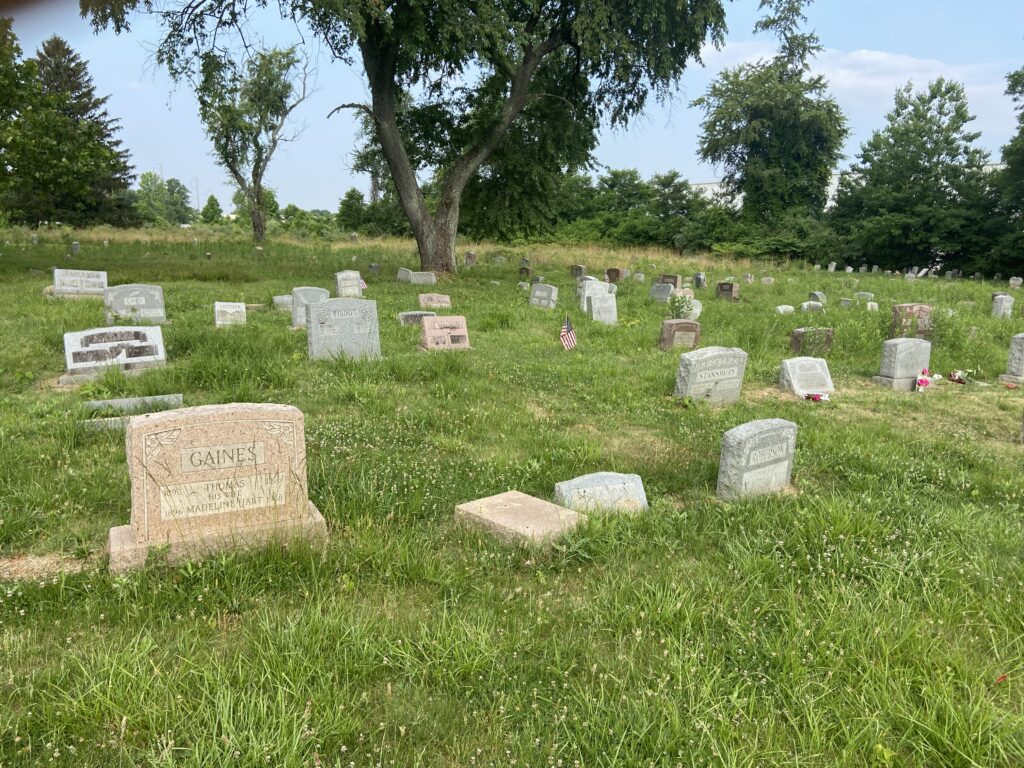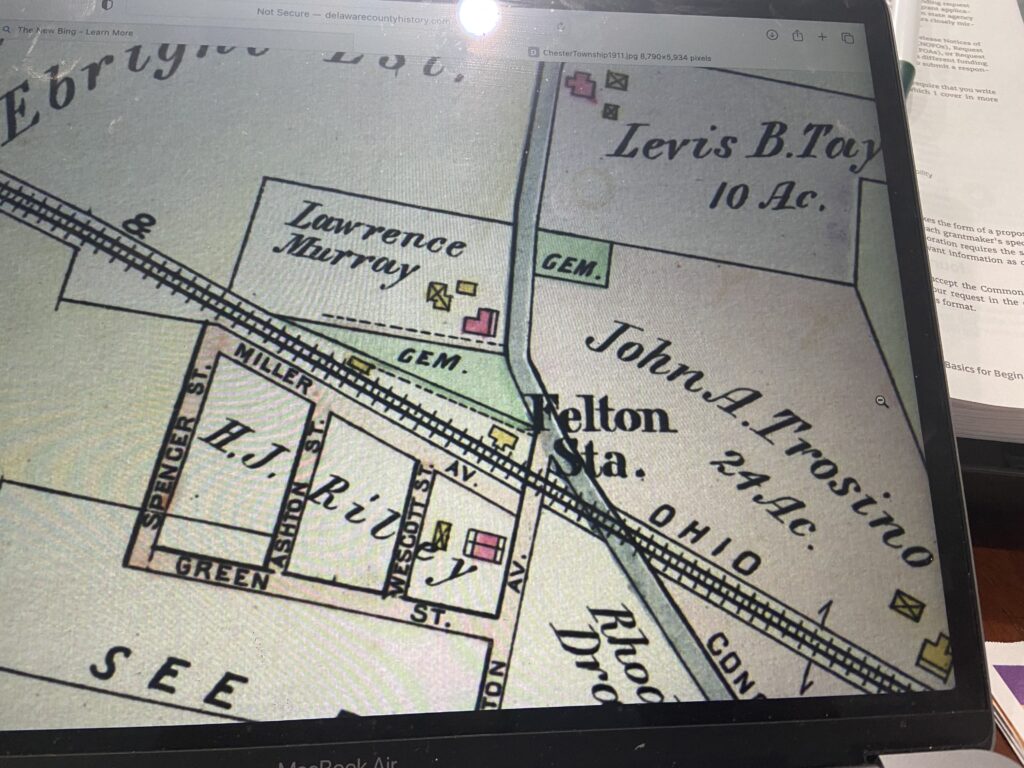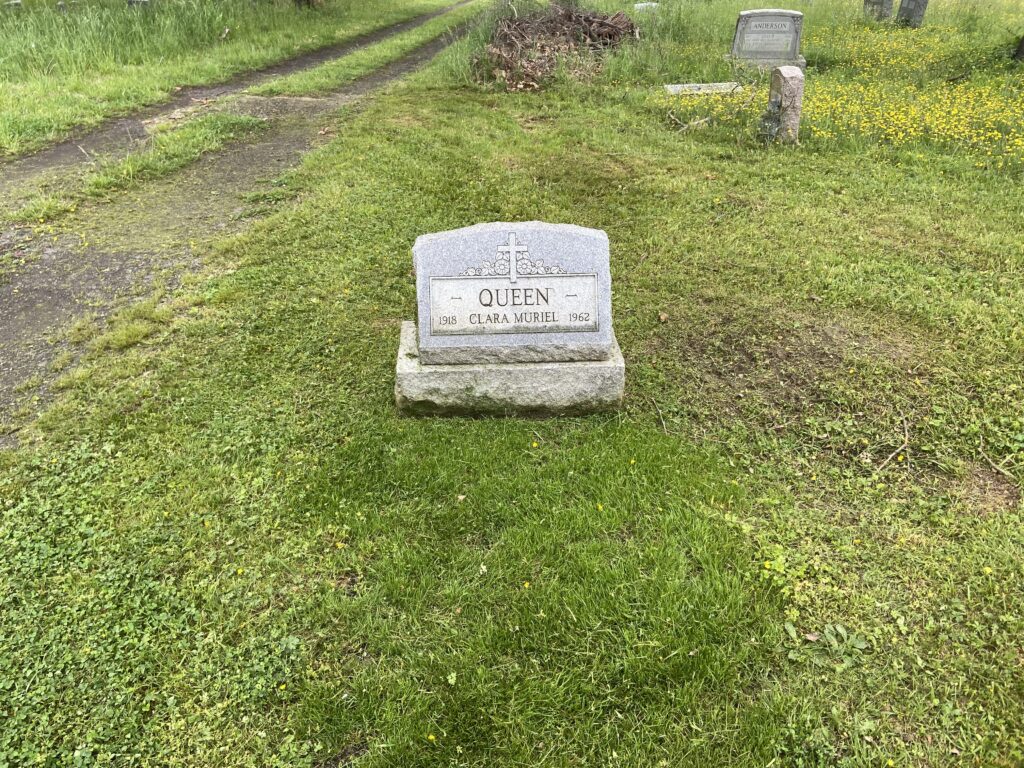Green Lawn Cemetery is a vital cultural and historical resource in the community where residents can connect and learn about African-American history and life, and the important contributions African-Americans made to the Chester area, the Commonwealth of Pennsylvania, and the nation.




From its setting to its scale, material culture, and spatial arrangements, all of the elements of Green Lawn Cemetery convey to a visitor that they are stepping into a unique historical landscape powerfully connected to African-American history in the Chester City region.
The size of the cemetery and its many military monuments highlight that Green Lawn is a place of honor for the African-American community. Walking the grounds is to be literally struck with a sense of awe at the community’s size and impact. At the same time, the site’s remote location, industrial neighborhood, and history of abandonment and neglect are visceral reminders of the experiences of segregation and racial discrimination that are inescapable elements of the cemetery’s history.
Green Lawn Cemetery opened its doors in 1907. The cemetery’s purpose was to serve the vibrant African-American community in the Chester City region in light of discriminatory policies that barred African Americans from being buried in most of the area’s existing public cemeteries. The establishment of Green Lawn reflected the growing demand for African-American burial space in the early 20th century resulting from a population boom as well as the flourishing of African-American businesses, institutions, and social organizations in Chester and the surrounding area. Cemeteries that had previously served African Americans in the community could not keep up with the rising population, necessitating the creation of a new cemetery—Green Lawn.
Green Lawn Cemetery served as the primary burial ground for African Americans in the Chester area until 1937 when the Haven Cemetery was built across the street. Green Lawn, however, stayed in operation until 1978, serving as the final resting place for approximately 2,000 people, including 250 veterans of the United States Armed Services who served from the Civil War through the 20th century.
The corporation that maintained Green Lawn Cemetery has been closed for half a century, and its owner passed away in 1985. Until recently, the cemetery received infrequent maintenance and care. As a result, it fell into disrepair, serving as a reflection of Chester’s decline in the period after World War II due largely to deindustrialization and white flight.

Our place in Pennsylvania History
As the MPDF African American Churches and Cemeteries in Pennsylvania notes, “In many respects, African American cemeteries are the only places to tell the stories of individuals and families. Individual graves, or collections of graves, in the cemetery often reflect broad themes in local, state, and national history. For example, a cemetery can hold graves of enslaved Africans and African Americans that tell the story of Pennsylvania before abolition and the Civil War or contain plots for families or entire communities that moved from the South to Pennsylvania during the Great Migration looking for work and opportunity,” (Splain, African American Churches and Cemeteries in Pennsylvania, c. 1644-c.1970, 23).
The act of founding the Green Lawn Cemetery in 1907 reflects the growth of Chester’s African American community as part of the larger national trend of the Great Migration and the development of burgeoning African American communities in Northern cities.
It is important to understand that in addition to being a community resource, the Green Lawn Cemetery was also a successful African American family business. The Green Lawn Cemetery, as a historic site, provides a tangible symbol of the larger spirit of entrepreneurship and civic institution-building that existed within the Chester-area African American community at the beginning of the twentieth century.
On April 24, 1907, Green Lawn Cemetery became a Pennsylvania Corporation. The corporation’s charter stated its purpose was to “maintain a public cemetery with the privileges incident thereto, to purchase the necessary real estate, lay out the same into suitable avenues, divide the same into burial lots, and dispose of the same for the purposes of sepulture.”
The urgent demand for burial space can be seen by the fact that burials began at the cemetery a week before the cemetery land transactions had been finalized, and even before the formal work of creating the cemetery’s paths and lanes had begun. African American grocer Daniel Purdy died of diabetic gangrene poisoning on April 13, 1907, and was laid to rest in the cemetery on April 17, 1907 (Daniel Purdy Death Certificate, April 13, 1907, Pennsylvania Death Certificates, 1906-1968, Pennsylvania).
The Green Lawn Cemetery is also significant as a place to honor the community’s African American veterans. As the MPDF African American Churches and Cemeteries in Pennsylvania notes: “Some cemeteries in Pennsylvania can also contain graves of one, or many, African Americans who served in the United States Colored Troops (U.S.C.T) or as Buffalo Soldiers; in these instances, these servicemen are remembered for their contributions only by their gravestones.”
This is certainly the case at the Green Lawn Cemetery, which contains the graves of over 250 African American service men from the United States Civil War and all other major American conflicts of the twentieth century. These veterans served across the branches of the United States Armed Services and include many who were injured or lost their lives in service to the nation. At the grave sites of these men we can honor their service, learn their stories, and recognize the special challenges many faced due to discrimination and injustice—even as they wore their nation’s uniform.
Green Lawn Cemetery tells countless stories of community leaders and national heroes as well as the stories of everyday people who contributed to the vibrancy of Chester.